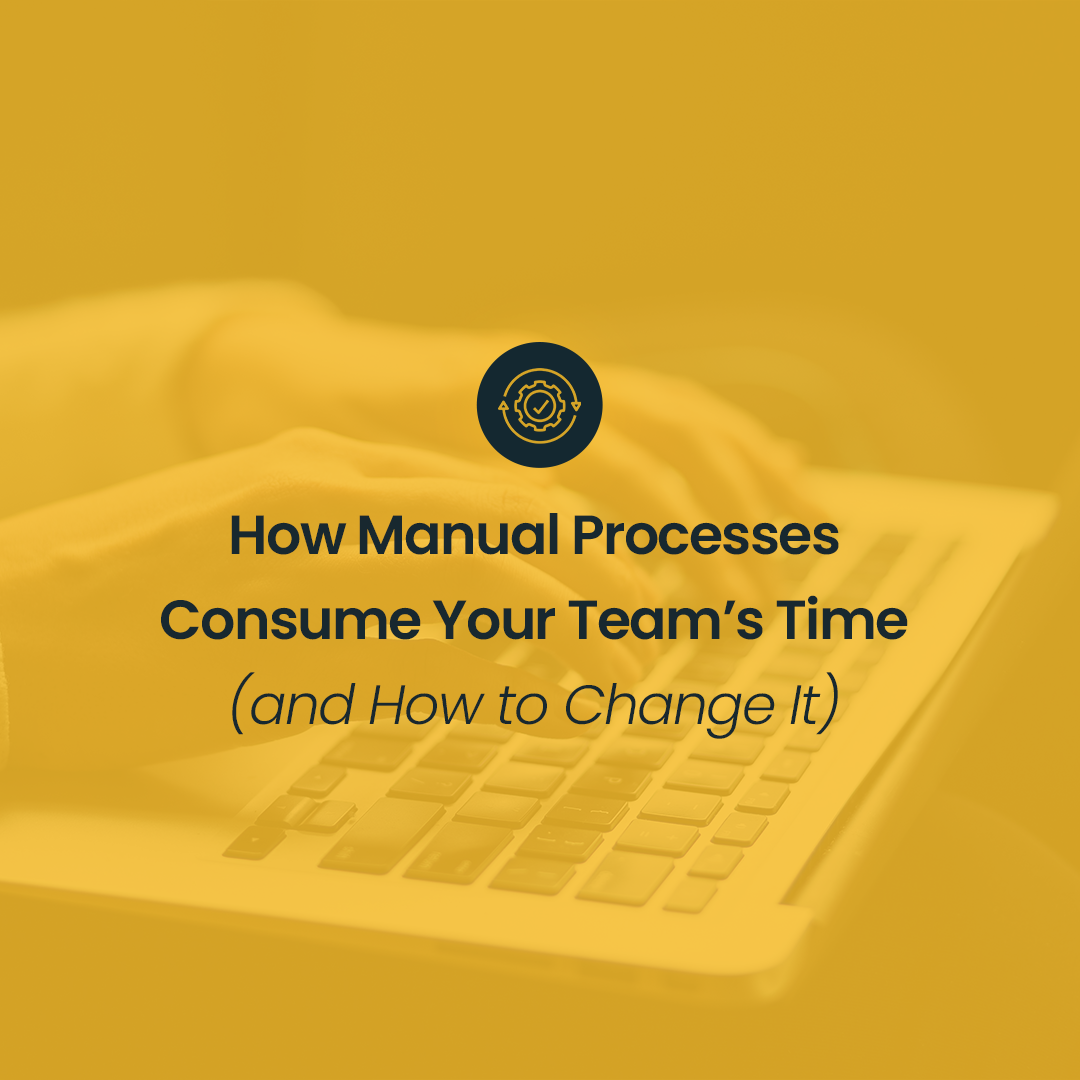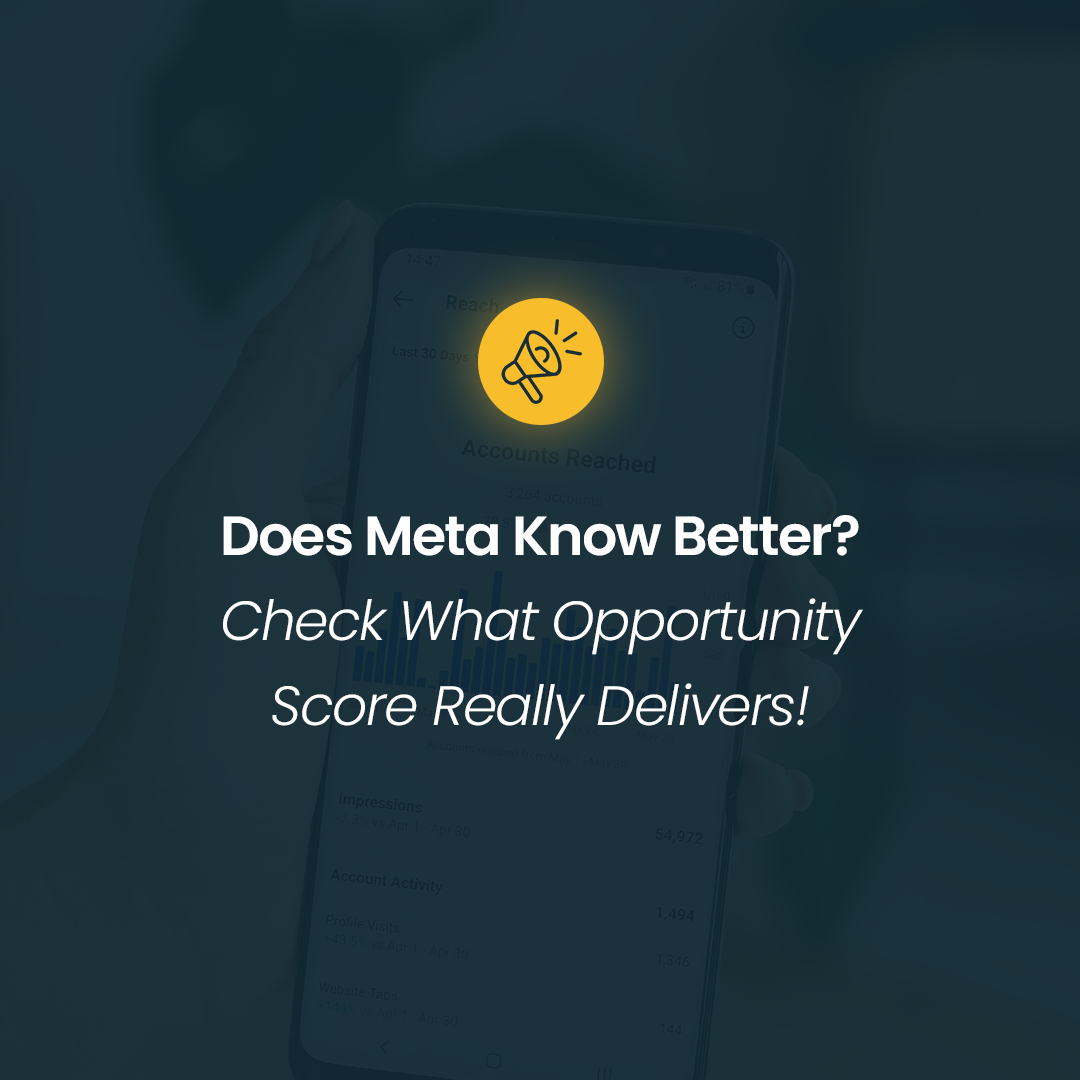The Most Common Link Building Mistakes – What to Avoid to Protect Your Website
Link building is one of the most crucial tools in digital marketing, directly influencing how a website ranks in search engine results. However, a poorly planned link building strategy can do more harm than good. In this article, we’ll look at common link building mistakes and offer tips on how to avoid them to achieve the best possible outcomes.
What Is Link Building and How Does It Work?
To start, let’s define what link building is. It’s the process of acquiring external links (backlinks) that point to your website. Backlinks—also called inbound links or hyperlinks—are one of the key factors Google uses to assess a site’s authority. A well-structured backlink profile can significantly boost your site’s visibility in search results, driving more traffic and user interest.
When developing a link building strategy, it's essential to focus on several core elements: the quality of the domains you’re getting links from, anchor texts, link attributes (nofollow and dofollow), and the naturalness of the link profile. A successful strategy is based on careful planning, avoiding manipulative link acquisition methods, and providing valuable content.
Common Link Building Mistakes
Now that we understand what link building is, let’s take a closer look at the most frequent mistakes that can undermine your SEO efforts. Avoiding the following pitfalls will help you build a stronger, more credible link profile.
1. Prioritizing Quantity Over Quality
One of the most common mistakes is focusing on the number of backlinks instead of their quality. In the past, search engines favored sites with a high volume of links, regardless of their origin. Today, things have changed—quality and authority are what matter most.
Links from low-authority websites, especially so-called link farms (sites created solely to publish mass backlinks), can hurt your rankings. It’s far more effective to secure backlinks from trusted, topic-relevant domains or reputable news platforms.
2. Unnatural Use of Anchor Texts
Anchor text is the clickable text in a hyperlink. Common types include:
Brand – includes your brand or company name, e.g., Salestube
Naked URL – displays the raw link, e.g., https://salestube.tech/
Exact Match – uses a keyword you want to rank for, e.g., best SEO agency
Generic – uses general phrases like click here or learn more
A major mistake is overusing exact match anchor texts. While they may offer short-term benefits, excessive use can trigger Google's spam filters and be seen as an attempt to manipulate rankings.
To build a healthy, penalty-resistant link profile, diversify your anchors. Use brand names, long-tail keywords (three or more words), generic phrases, and URLs. Natural-looking anchor diversity is key—anchor profiles overly reliant on exact match phrases are considered suspicious and can hurt your visibility.
3. Misusing Nofollow and Dofollow Attributes
Link attributes help search engines determine whether a link should pass authority (link juice). Dofollow links have more SEO impact, but an imbalance—favoring dofollow links while ignoring nofollow ones—can result in an unnatural link profile.
An excessive lean toward one type of link may raise red flags with search engines. For a trustworthy and sustainable profile, aim for a healthy mix of both dofollow and nofollow links.
Learn more here.
4. Linking Only to the Homepage
A natural backlink profile includes diverse anchor texts, link types—and also target pages. Focusing only on the homepage is a common mistake that limits your SEO efforts.
For better results, acquire links to blog posts, product pages, and category pages as well. This creates a richer, more credible link profile and helps search engines better understand your site’s structure.
5. Outdated or Broken Links
Failing to regularly monitor your backlinks can result in broken links (404 errors), which lead users to non-existent pages. These links offer no SEO value and may degrade user experience.
To prevent this, conduct regular link audits using tools like Ahrefs, SEMrush, or Google Search Console. If broken links are found, either update the target page or apply a 301 redirect to retain the value of previously earned backlinks.
Final Thoughts
Link building is a process that requires patience, knowledge, and a well-thought-out strategy. When done right, it can significantly improve your site’s visibility and authority in Google's eyes. By avoiding common mistakes and focusing on quality, natural link building, you’ll create a resilient backlink profile that delivers long-term SEO benefits.






